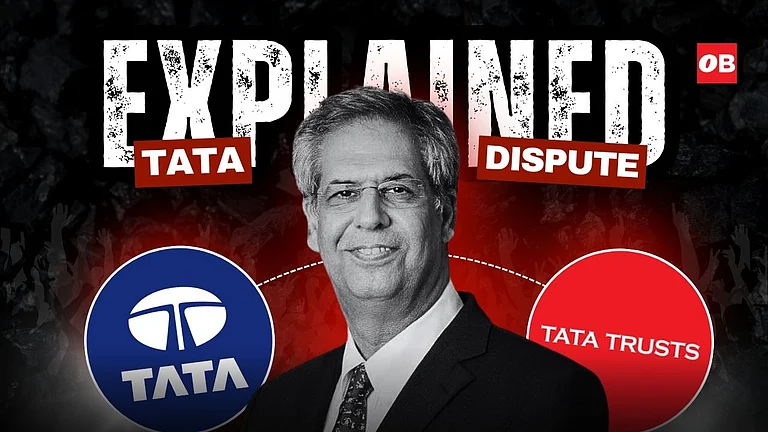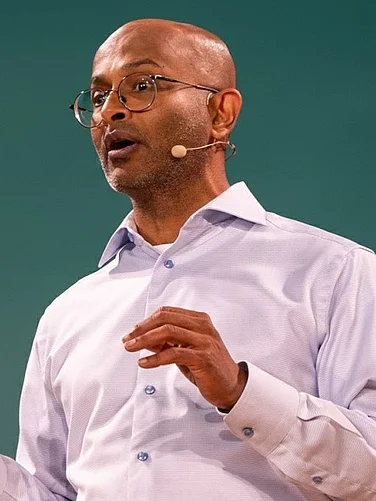Ratan Tata, former chairman of Tata Group, passed away on October 9. The 86-year-old industrialist was in a critical condition and was admitted to the Breach Candy Hospital in Mumbai on Monday. The Padma Vibhushan awardee was best known for his ability to turn vision into reality. He has left a legacy that goes far beyond his businesses. Perhaps the example that speaks volumes about his economic understanding of Indian society is the Tata Nano car.
“Once in Bangalore a two-wheeler slid in front of my car. The family was all over the road. I felt we needed to do something,” said Ratan Tata in an interview with National Geographic India in 2020. And “that something” gave birth to Tata Nano.
Tata Nano and its Bumpy Ride for Ratan Tata
In 2009, the Tata Group launched the Tata Nano, a car that aimed to change the fate of the widening middle class in India. It offered affordable personal transport to a family of four-five, particularly to those eyeing a shift from two-wheeler to four-wheeler. The car soon after its launch became a sensation not just in India but worldwide for its low price and compact design.
But the journey from an idea to reality was not an easy ride for Ratan Tata. He decided to set up the manufacturing unit for the car in Kolkata as the industries were moving away from the east. In 2006, the government of West Bengal headed by Chief Minister Buddhadeb Bhattacharjee allotted nearly 1,000 acres of land in Singur, a district in West Bengal, to Tata Motors. The unit was set to boost the industrial development in the state.
However, the move wasn’t welcomed by people, particularly the farmers. A movement headed by Mamta Banerjee, who was a young political leader then, protested against the land acquisition. Additionally, small parties, such as the Socialist Unity Centre of India (communist) and Communist Party of India (Marxist-Leninist), protested against the bid to take over the “fertile” cropland.
“You cannot run a plant with police protection. We cannot run a plant with broken walls. We cannot run a project with bombs thrown. We cannot run a plant with people intimated,” said Ratan Tata in a press meeting in October 2008. Hence, we have decided to move the Nano project out of West Bengal, he added. Consequently, the group decided to move the care manufacturing unit to Sanand, Gujarat.
Moreover, the land deal between the government of West Bengal and Tata Motors was quashed in 2016 by the Supreme Court. Additionally, the court called the land acquisition in Singur “illegal” and asked the state government to return lands to nearly 9,117 landowners.
After much controversy, the idea began to take form at the Tata Motors factory in Gujarat. But the bigger dream of Ratan Tata to cater to the traveling needs of the wider middle class, didn’t result in sales. Hence, the real blow came not from the government or the Indian court but from the people, whose needs Tata was trying to fulfill. The marketing team positioned the Tata Nano as the cheapest car priced at around Rs 1 lakh. The idea of affordability and safety took a backseat and eventually drove Nano out of business.
“The salespeople in Tata Motors branded the car as the cheapest car rather than the most affordable car for the people,” said Ratan Tata in an interview. The marketing pitch caused the car to have a negative impact on the market as people didn’t want to be seen in the cheapest car, he added.
The journey of many lows came to an end nearly a decade after its launch in 2018, when Tata Motors stopped the production of the car. The death of the Nano project remains Ratan Tata’s half realised dream.
Tanishq, a brand that build itself by revealing fraudulent practices of other jewelers
The fattening middle class in the 1990s opened an opportunity for retail businesses in India. Ratan Tata, as chairman of the Tata Group, captured the obsession of Indians with gold jewelry and launched the first retail jewelry brand, Tanishq, in 1994. The brand called out the practice of fake gold jewelry being sold by some jewelers and with the help of an instrument, Karatmeter revealed the fraudulent practices. The karatmeter became one of the key features in all Tanishq outlets and the brand built itself around the value of trust.
Tata Power ventures in renewable energy sector
As India is transitioning towards a more clean and green economy, the Tata Group, headed by Ratan Tata, diversified their offerings to meet the needs of sustainable energy sector. The company has invested heavily in rooftop solar, storage solutions, EV charging infrastructure, home automation, etc. Additionally, the Group has pledged to achieve ‘carbon net zero’ by 2045, by focusing on green energy, electrical vehicles and reducing other GHG emissions.































